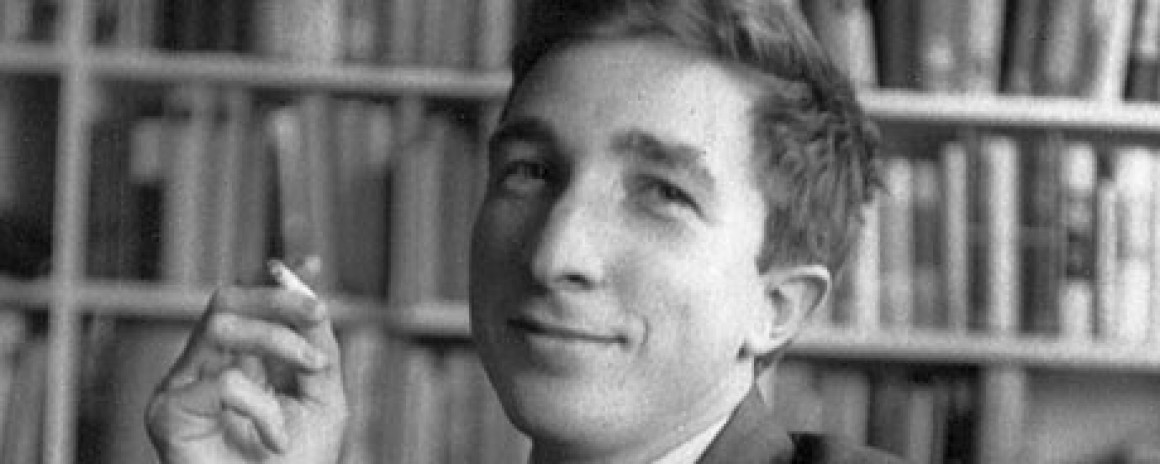And we think contemporary public schools suffer. They had challenges even before Richard Nixon:
The super-science of pedagogy, that fairest flower of the New Thought, has achieved its greatest triumphs in the reclamation of the erring, or, as the old-time schoolmasters had it, the bad. Those old-time schoolmasters knew nothing about scientific pedagogy. They were not experts. When, for example, a boy hooked school they had no remedy for his error save the application of the birch to his pantaloons, and this barbarous remedy they kept on applying, in more and more heroic doses, until he abandoned the practice or graduated into long trousers and a political job. Such was pedagogy in its Gothic days, before it began to mellow and expand. Such were the dark ages before psychotherapy and raffia work.
Today, as everyone knows, the birch is under the ban of all recognized experts, and the inhuman teacher who resurrects it and applies it is promptly burned at the stake. In its place we have the “correctional” or “parental” school, in which original sin is combatted with moral suasion, and the erring are seduced to diligence by the subtle arts of the Chautauqua psychologist. New York city now has such a school “on the cottage plan,” and the hunkerous New York Sun presents an illuminating report thereon. Each of the six cottages, it appears, houses 32 pupils–and each cottage cost the taxpayers $81,500 to build! The cost of maintenance is $5.50 a pupil a week, the which, added to a reasonable interest on the investment, works out to between $8 and $9 net!


I wish I had the gift of writing the way Mencken did. When wrote a commentary on something it was full of color and wide variance, unlike the drab, lackluster communications I learned to dispatch. Sigh.
LikeLike
Dr. Hart – any familiarity with Richard Mitchell?
LikeLike
wdo, tell me more.
LikeLike
This Richard Mitchell to be specific:
https://en.wikipedia.org/wiki/Richard_Mitchell
who put his works in the public domain before dying, here:
http://www.sourcetext.com/grammarian/index.html
He wrote about the importance language and grammar, what he thought had gone wrong with the American educational system (topic that seems to come up from time to time around here), and in his last book what he thought education should be.
LikeLike
wdo, thanks.
LikeLike
Sure – when you mentioned Mencken and education it reminded me of this particular passage from his “Graves of the Academe,” typical of his contrarian style:
—————————-
AFTER SOBER and judicious consideration, and weighing one thing against another in the interests of reasonable compromise, H. L. Mencken concluded that a startling and dramatic improvement in American education required only that we hang all the professors and burn down the schools. His uncharacteristically moderate proposal was not adopted. Those who actually knew more about education than Mencken did could see that his plan was nothing more than cosmetic and would in fact provide only an outward appearance of improvement. Those who knew less, on the other hand, had somewhat more elaborate plans of their own, and they just happened to be in charge of the schools.
Those who knew less, to be specific, were the members of the National Education Association’s Commission on the Reorganization of Secondary Education, a.k.a. The Gang of Twenty-seven, now long forgotten but certainly not gone. They builded better than they knew, and their souls go marching on in every school in America today. The Commission was established in 1913, the year that also brought us the income tax. Many of its members were functionaries of school bureaucracies, from the United States Commissioner of Education himself down through supervisors and associate superintendents and principals and even a high school inspector, whatever that was, to no less a personage than a senior educational secretary of the YMCA. Professors and assistant professors of education represented the higher learning. One of them was chairman of the committee on mathematics, naturally, while the committees on lesser disciplines, notably classical and modern languages, were directed by high school teachers. The stern sciences were served by a professor of education, while the smiling sciences like social studies and the other household arts were overseen by federal bureaucrats. In the whole motley crew there were no scientists, no mathematicians, no historians, no traditional scholars of any sort.
That was surely no accident, for it seems to have been an article of the Commission’s unspoken agenda to overturn the work of an earlier NEA task force that had been made up largely of scholars, the Committee of Ten, called together in 1892 and chaired by Charles W. Eliot, then president of Harvard University. That committee had come out in favor of traditional academic study in the public schools, which they fancied should be devoted to the pursuit of knowledge and the training of the intellect. But what can you expect from a bunch of intellectuals? The Eliot Report of 1893 was given to things like this:
“As studies in language and in the natural sciences are best adapted to cultivate the habits of observation; as mathematics are the traditional training of the reasoning faculties; so history and its allied branches are better adapted than any other studies to promote the invaluable mental power which we call judgment.”
Obviously, the Eliot committee did its work in the lost, dark days before the world of education had discovered the power of the bold innovative thrust. All they asked of the high schools was the pursuit of knowledge and the exercise of the mind in the cause of judgment.
The Gang of Twenty-seven, unhampered by intellectual predispositions, found that proposal an elitist’s dream. They concluded, in other words, that precious few schoolchildren were capable of the pursuit of knowledge and the exercise of the mind in the cause of judgment. That, of course, turned out to be the most momentous self-fulfilling prophecy of our century.
LikeLike
wdo, but I do think historical study exercises the mind in the cause of judgment.
Uh oh.
LikeLike